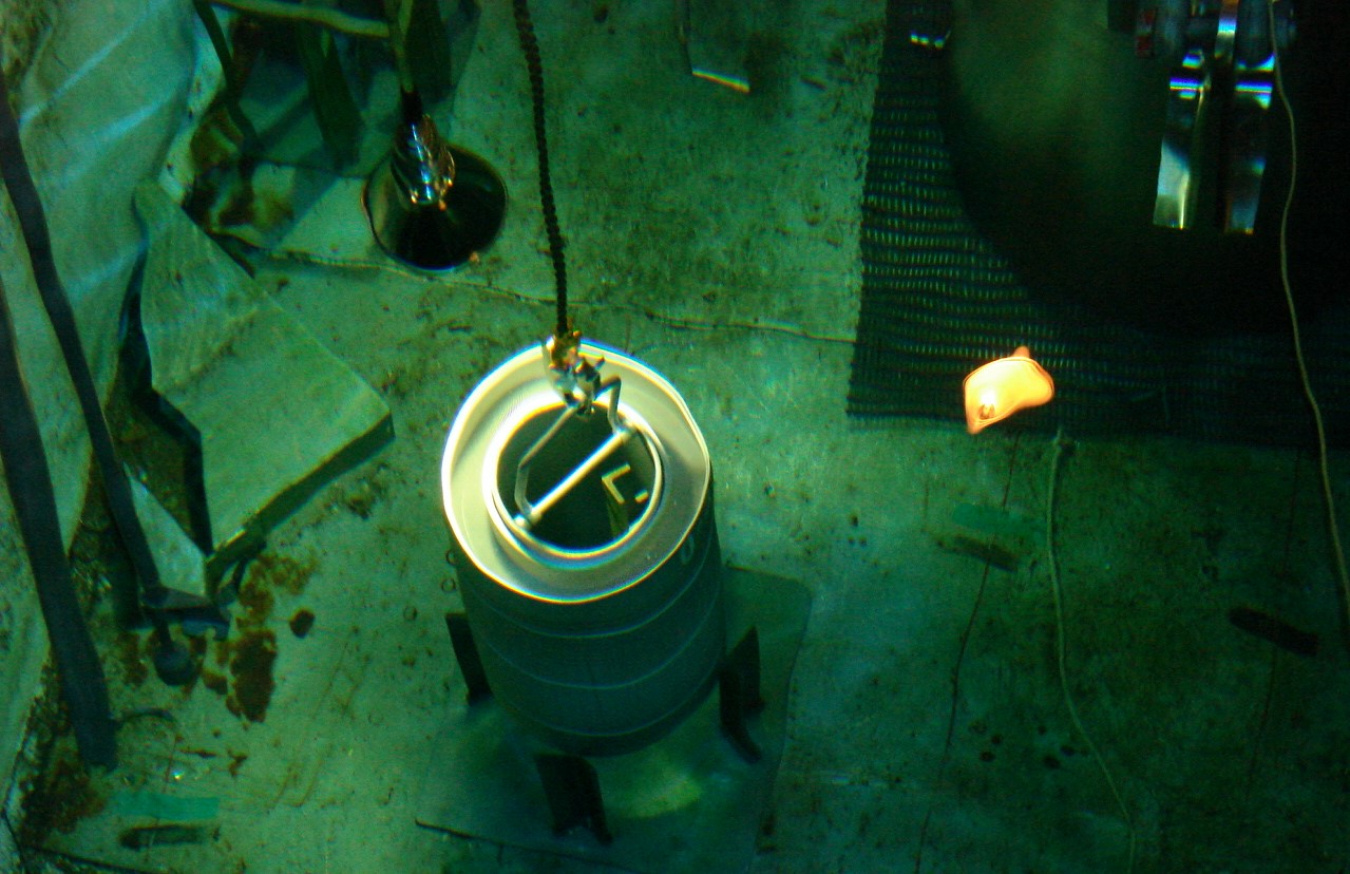Sometimes there is a "simple fix" [View all]
https://www.energy.gov/em/articles/cleanup-crews-find-solution-improve-spent-nuclear-fuel-processing-srsCleanup Crews Find Solution to Improve Spent Nuclear Fuel Processing at SRS
Workers at the Savannah River Site have demonstrated their resourcefulness and unique capabilities by implementing a newly created carrier to transport spent nuclear fuel. July 22, 2025
Office of Environmental Management
July 22, 2025
AIKEN, S.C. — Workers at the Savannah River Site (SRS) have demonstrated their resourcefulness and unique capabilities by implementing a newly created carrier to transport
spent nuclear fuel, reducing the time needed to process the material for permanent disposal in coming years.
Engineers and operators of an
underwater basin at SRS where the fuel is stored recently redesigned carriers used to transport and store a special type of the material. The carriers now have a different material alloy, or aluminum, which more easily dissolves, reducing the time needed for fuel disposition in the site’s
H Canyon chemical separations facility.
Spent nuclear fuel from the
High Flux Isotope Reactor (HFIR) at
Oak Ridge National Laboratory in Tennessee is sent to SRS to be processed for eventual disposal. HFIR is the highest flux reactor-based source of neutrons for research in the U.S. using highly enriched uranium.
Under an approach called
Accelerated Basin De-inventory, SRS will dissolve the fuel at H Canyon and send it through the site’s liquid waste program to be vitrified and safely stored onsite until a federal repository is identified. This approach will accelerate the disposition of spent nuclear fuel at SRS by more than 20 years and result in savings of more than $4 billion.
…
So, in “plain English” they have a bunch of nuclear fuel in a tank that they want to transport to another facility, to be dissolved, and mixed with molten glass (i.e. “vitrified.”) To do this, they use something
roughly equivalent to a bucket to carry the fuel (under water.) Follow
the link for a more complete description. The carrier has a handle, or “bail” (like a bucket.)
 A High Flux Isotope Reactor core is lifted in an underwater storage basin at Savannah River Site. The fuel elements, an inner and an outer element, together form a reactor “core.”
A High Flux Isotope Reactor core is lifted in an underwater storage basin at Savannah River Site. The fuel elements, an inner and an outer element, together form a reactor “core.”
For obvious reasons, no one wants that “bucket” after it’s been used to carry “spent" nuclear fuel. So, the whole kit and caboodle (fuel and carrier) is dissolved using a nitric acid solution, but, when they probed the dissolver, they found that part of the bundle wasn’t dissolving as fast as the rest, slowing the whole procedure down. It turned out,
it was the bail (which, I assume, was intentionally made to be
strong — no one wants to hear “Oops! Dropped it!” in the nuclear fuel storage facility.)
“The end result was changing aluminum alloy used on the part of the carrier that was taking the longest to dissolve to a slightly thinner, more readily dissolvable alloy.”
 The new-style High Flux Isotope Reactor spent nuclear fuel carriers have a slightly thinner bail made of a more easily dissolvable alloy than the previous bail.
The new-style High Flux Isotope Reactor spent nuclear fuel carriers have a slightly thinner bail made of a more easily dissolvable alloy than the previous bail.
FWIW: Rather than simply dumping high level waste into a hole in the ground, covering it up, and hoping for the best, “vitrification” is supposed to stabilize it. Since the late 1970’s, different countries have experimented with different methods. Here’s a fairly recent study on how well they hold up (we’d like them to be stable for hundreds of thousands of years, which, when you consider that human “civilization” is thought to be about
ten thousand years old, is
kind of a long time.)
Thorpe, C.L., Neeway, J.J., Pearce, C.I. et al. Forty years of durability assessment of nuclear waste glass by standard methods.
npj Mater Degrad 5, 61 (2021).
https://doi.org/10.1038/s41529-021-00210-4

